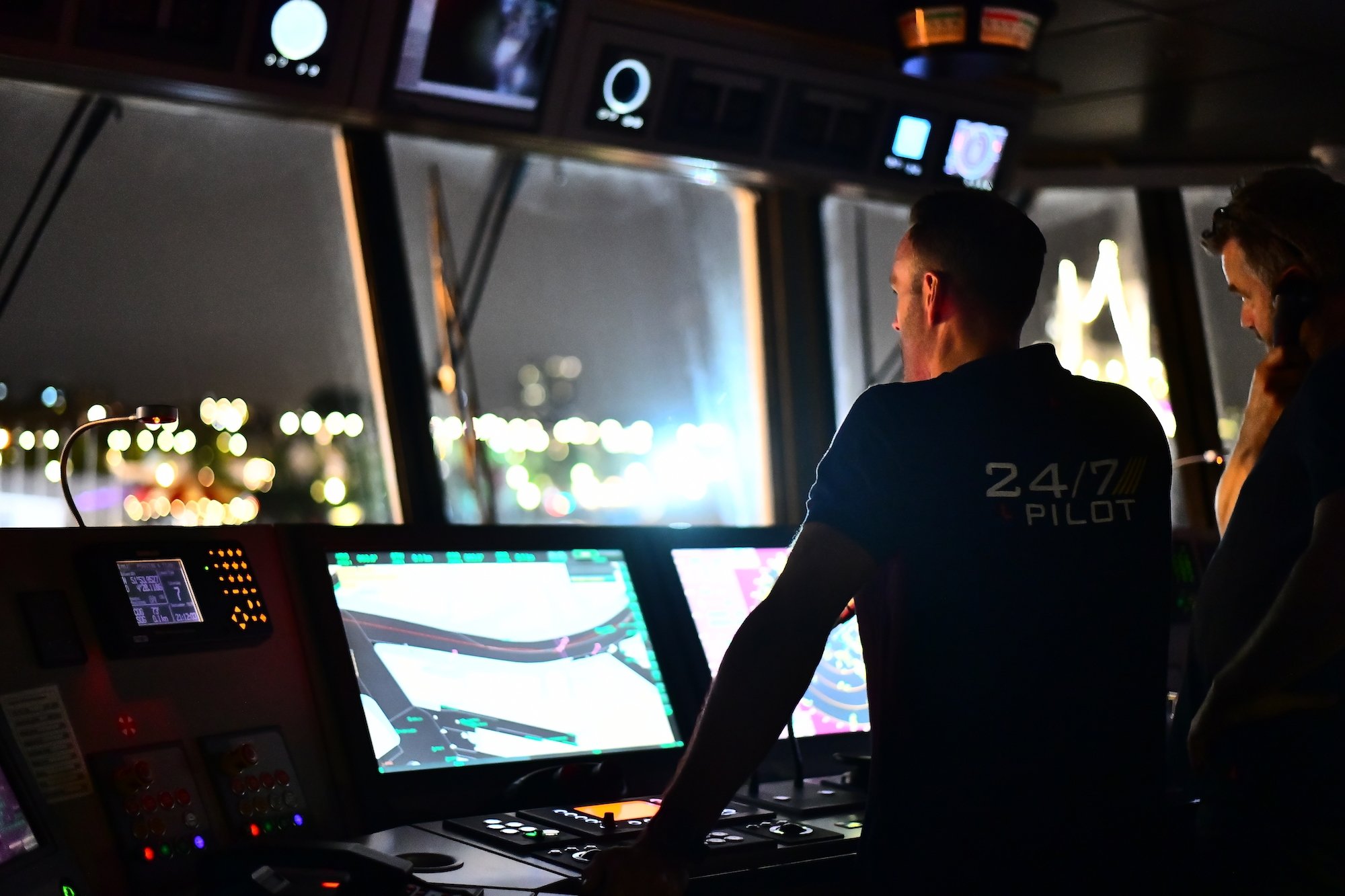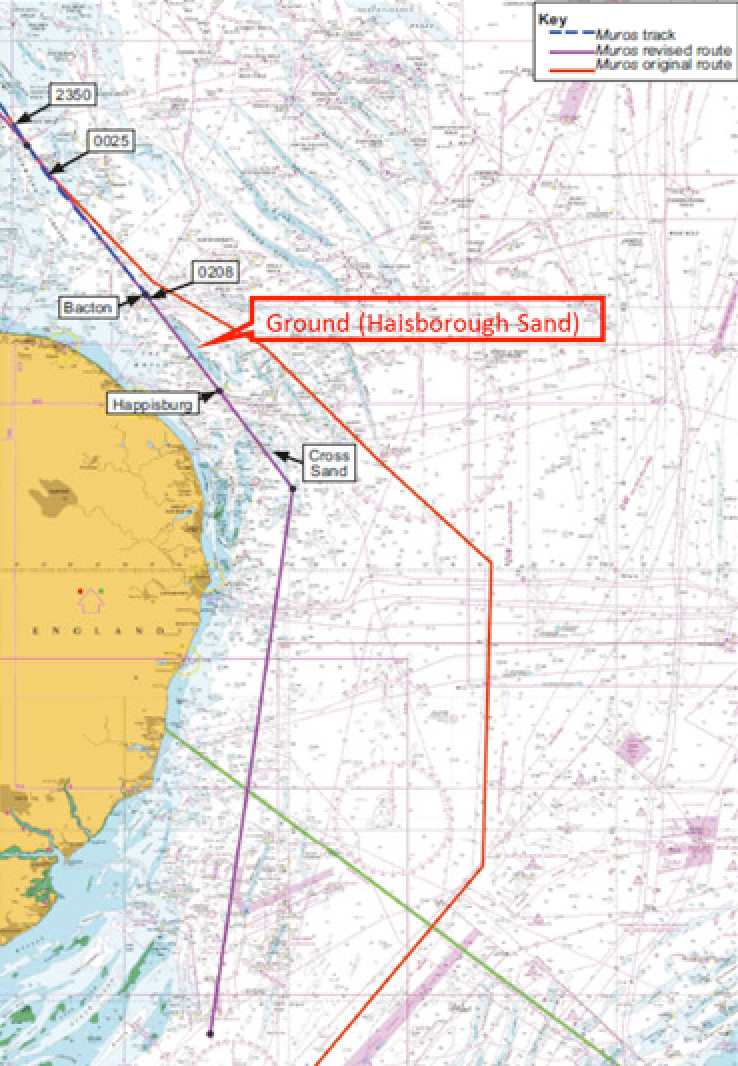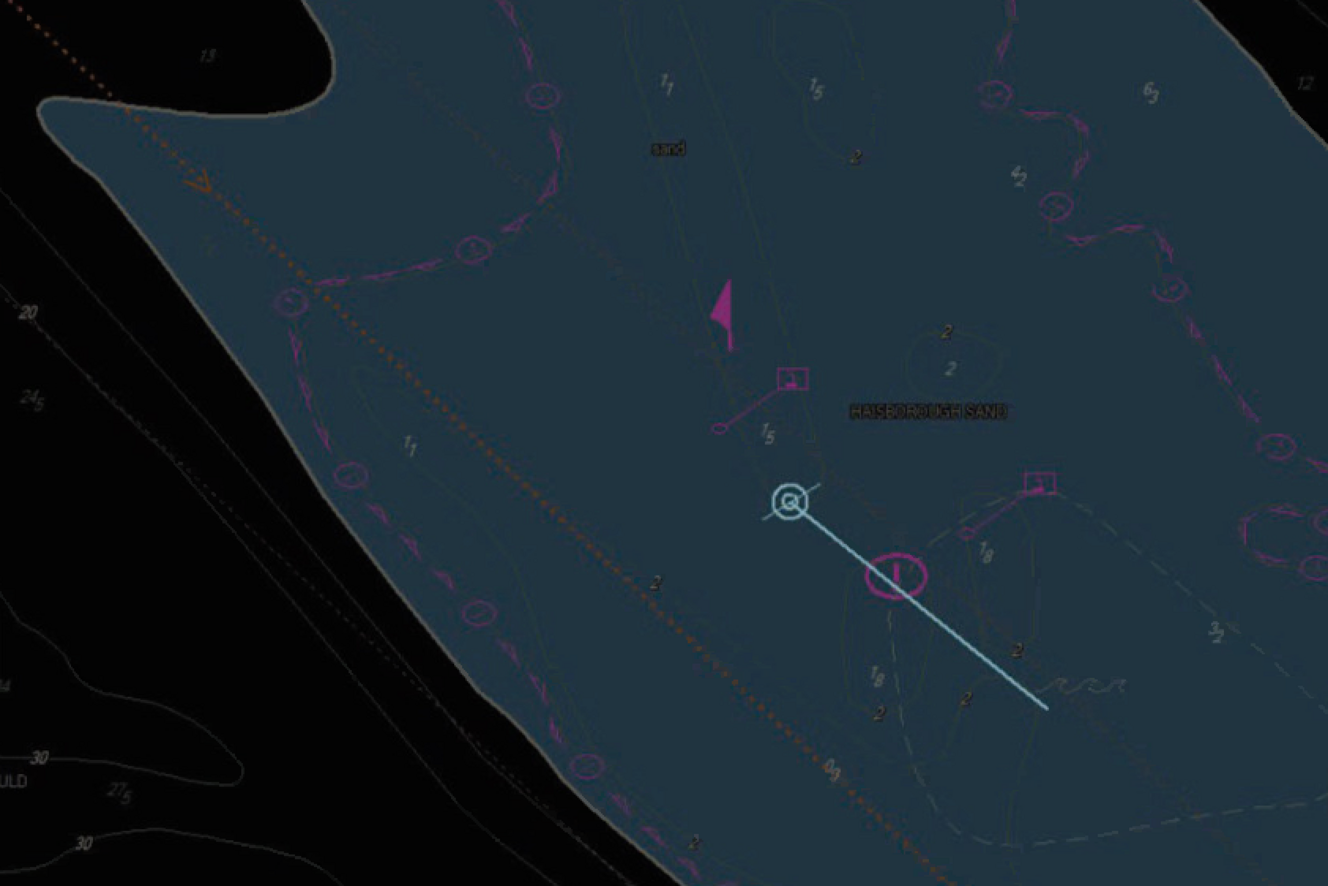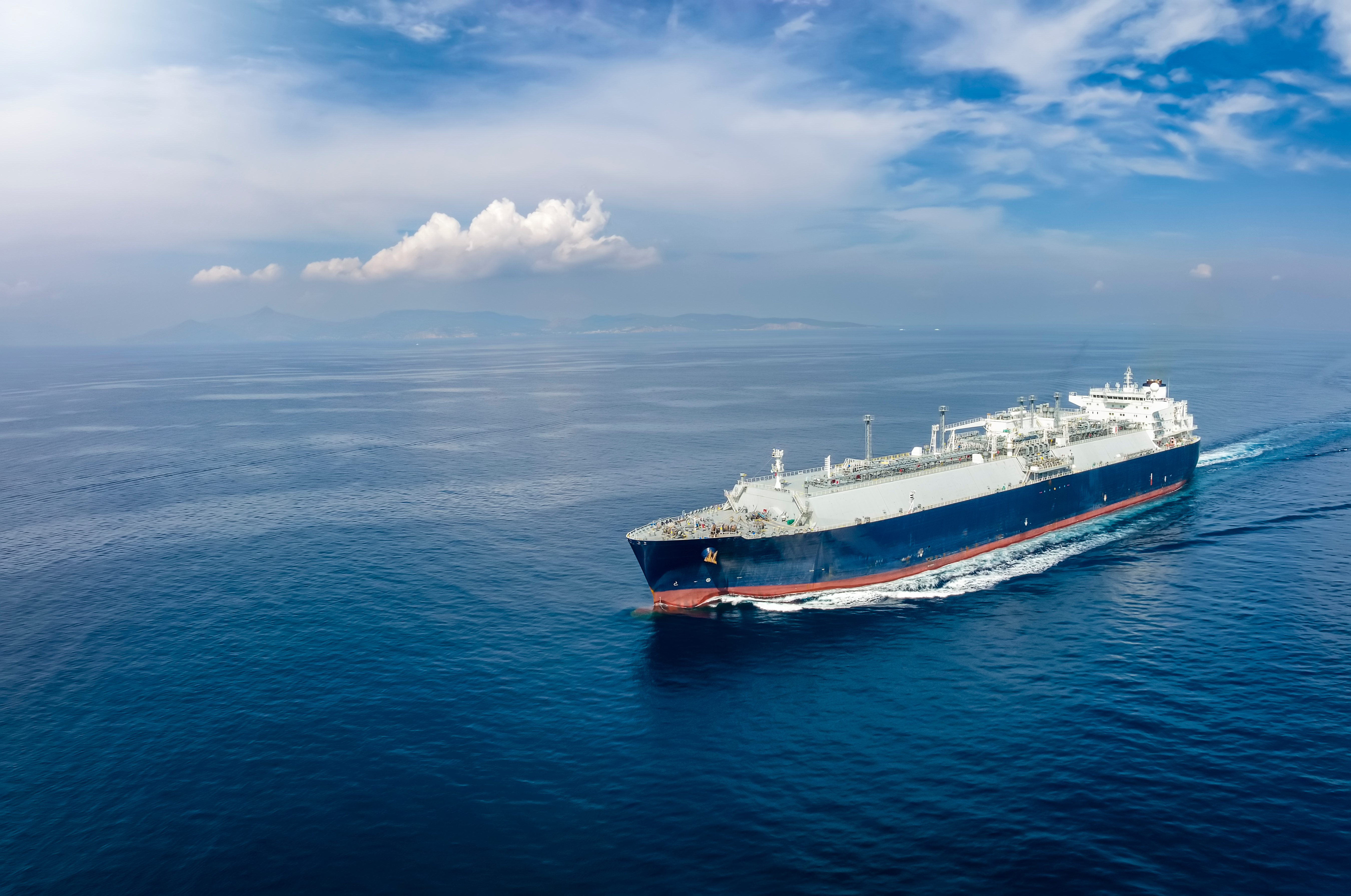
ECDIS and safe operation
Implementation of ECDIS
ECDIS (Electronic Chart Display and Information System), which was implemented in 2012 according to Chapter V Regulation 19 of SOLAS, was required to be installed on all ships in 2018 to replace conventional paper charts. Masters and navigators who use the system are required to attend ECDIS training to acquire the necessary knowledge and level of competence to operate the technology. They are also required to hold a certificate of completion.
For those who have been accustomed to paper chart navigation for many years, problems have arisen with the use of ECDIS due to its multi-functionality and operability. Issues have also evolved due to the differences in navigation techniques with the change from paper charts. Therefore, accidents related to the operational use of ECDIS continue to occur.
There is no doubt that the introduction of ECDIS has contributed to improving the safety of navigation. What seems to be apparent, however, is that the efficacy and safety of ECDIS depends largely on the ability of its user. In other words, how the user interacts with this system is key to its success in ensuring safe navigation.
This report aims to clarify the problems associated with the use of ECDIS by reviewing an ECDIS-related accident. The report will use the findings from that accident to make recommendations to assist future safe navigations using ECDIS.
Accident case: Muros grounding incident and ECDIS1
Synopsis
On 2 December 2016, the Spanish registered bulk carrier Muros (2,998 gross tonnes, length overall 89.9m, draft 6.16m) was on passage between Teesport, UK, and Rochefort, France. At that time, night visibility was good and there was a southeast wind of six to 15 knots.
The vessel's electronic navigational instruments, comprising of ECDIS, radar and BNWAS (Bridge Navigational Watch Alarm System), were operating correctly. However, the echo sounder had been switched off after leaving Teesport, and the BNWAS had been set to alert at three minute intervals.
At 02:48 (UTC +1) on the morning of 3 December, Muros ran aground on Haisborough Sand on the east coast of the UK. It had attempted to manoeuvre clear of the shallows by itself but was unsuccessful. Six days later, the ship re-floated with the assistance of a tugboat. The crew were not injured and there was no marine pollution. Subsequently, the ship was towed to Rotterdam for repair to damage on its rudder.
As a result of an investigation into this accident, the UK's Marine Accident Information Branch (MAIB) identified the following facts:
- The vessel initially set a passage plan to cross Haisborough Sand. The voyage plan on ECDIS was revised by a second officer (2/O) three hours before the grounding. However, the revised plan was neither confirmed nor approved by the master (see Figure 1).
- A visual check of the track on ECDIS, using a small-scale chart, did not identify that it was unsafe. A warning that shallow water is dangerous is automatically indicated by a function called ‘check route’. This warning was ignored.
- Although the 2/O was monitoring the position of the vessel using ECDIS, the 2/O took no action when the vessel crossed a 10m safety contour indicating shallow water.
- The performance of the 2/O was not good at the time of the accident; their level of consciousness was low, and it seems that they periodically fell asleep.
- After grounding, the 2/O changed the chart view from ‘standard’ to ‘all’ (see Figure 2).

(Figure 1: Original and revised passage plans.)

(Figure 2: The chart view was changed from ‘standard’ to ‘all’.)
Passage planning
Original plan
The 2/O had planned Muros’s voyage whilst the vessel was in port at Teesport.
Muros’s master checked and signed the voyage plan after the vessel had sailed from Teesport, whereupon they realised that the intended route was via the North Hinder Junction rather than the Sunk TSS. The master was more familiar with the route via the Sunk TSS and so instructed the 2/O to amend the voyage plan accordingly.
Revised plan
The 2/O used the ECDIS mouse and cursor to ‘drag and drop’ several waypoints included in the original voyage plan further to the west (see Figure 1). After scanning the route change, the 2/O noticed that the revised track appeared to pass close to Haisborough Sand. The 2/O did not zoom onto a larger chart scale because they thought the course line was more than one mile from the shoal water indicated by the safety contour. The 2/O saved this as a new route in ECDIS. On saving, ECDIS automatically executed its ‘check route’ function and many potential charted hazards along the route were displayed. However, the 2/O cleared the window showing the hazards without checking them.
Post-accident examination
In the investigation of the grounding accident, carried out on 10 December 2016, it was found that:
1. The audible alarm was not functioning.
2. The depth settings were:
- Deep draft safety contour (deep contour): 10m
- Safety contour: 8.5m
- Shallow contour: 10m
- Safety depth: 7m.
3. The guard zone was not active.
4. The contours and depth settings were locked. These settings were password protected, and Muros’s deck officers were unaware of the password so could not adjust them.
5. The cross-track distance (XTD) was set to 0.5 miles and route alarms were selected.
6. With the Teesport-Rochefort route selected, over 3,000 warnings were indicated on the ‘check route’ page, including the risk of grounding on Haisborough Sand.
7. The 2/O did not routinely use the ‘check route’ function.
The master’s philosophy regarding the use of ECDIS was that, outside pilotage waters, the vessel should stay clear of the blue areas. When navigating in pilotage waters, the master’s viewpoint was to follow the advice of the pilot and to keep within buoyed channels. The master had confidence in the 2/O’s ability to use the system effectively.
Analysis
1. Grounding
Figure 1 shows that Muros’s revised track passed directly over Haisborough Sand. Since the depth of water over the central area of these shallows was less than 5m and the height of tide was 1.2m, it was inevitable that Muros, which had a draught of over 6m, would run aground.
The ECDIS system and functions intended to prevent grounding were either overlooked, disabled, or ignored.
2. Plan change
In amending the voyage plan, though the 2/O reviewed the revised route visually by simply using the ‘drag and drop’ function, the 2/O did not identify that the track over Haisborough Sand was unsafe.
The ‘check route’ function highlighted the dangers over Haisborough Sand. However, the 2/O did not examine this highlight further because it was among approximately 3,000 other warnings, many of which were connected to the pilotage segments of the voyage plan.
3. Oversight
The 2/O implemented the change to the voyage plan immediately after their takeover on the bridge. This conflicts with the 2/O’s watch-keeping duty.
4. Position monitoring2
During the voyage, the 2/O neglected the following:
- Did not adjust the heading on the autopilot until Muros had passed the Bacton waypoint.
- Did not react though the vessel’s vector on ECDIS was heading directly towards the safety contour.
- Did not react when Muros crossed the 10m safety contour at approximately 02:18.
- Did not immediately appreciate that the vessel might have grounded when its speed was reduced to less than one knot at 02:48.
The watch had been uneventful for over two hours, during which time the 2/O was sitting in a comfortable chair with the lookout better placed to reach the BNWAS reset button. Such circumstances might have led to the 2/O falling asleep for brief periods.
5. ECDIS use
Although crews are aware that ECDIS has many beneficial functions, they do not always effectively use these functions, which significantly reduces ECDIS’s intended advantage over paper charts.
Conclusion (safety issues directly contributing to the accident)
- The intended track over Haisborough Sand was unsafe and grounding was inevitable with the vessel’s draught and the depth of water available.
- The route over Haisborough Sand was planned and monitored using ECDIS. However, system and procedural safeguards intended to prevent grounding were either overlooked, disabled, or ignored.
- The 2/O’s visual check of the revised route did not identify that the track over Haisborough Sand was unsafe, nor that it did not conform with the buoyage in the area.
- The revision of the passage plan conflicted with the 2/O’s watch-keeping duties.
- The master did not check and approve the revised route.
- The 2/O’s monitoring of the vessel’s position was probably impacted by circumstances which could have reduced their awareness and may have caused them to fall asleep for brief periods.
- Audible alarms and guard zones are meant to alert on-duty personnel of an imminent danger. Disabling these alarms removed the ECDIS barriers.
- The use of the ‘standard’ chart view limited the level of information displayed and the reliability of visual checks when passage planning was prone to error.
ECDIS navigation safety measures
1. ECDIS and the human element
From studying ECDIS related accidents, it is apparent that these have largely occurred not from technical problems within the ECDIS system, but either from user-error or improper duties of bridge crew. The most common errors are listed below:
- Failure to use the alarms.
- Failure to use the guard cursor.
- Failure to use the automatic navigation check route function.
- Insufficient chart scale and safety contours.
- Insufficient knowledge and training of crew.
2. Recommendations and conclusion
A principal priority, to avoid such accidents, is that the ECDIS system should become an integral part of the navigator’s thinking. Watch officers need to thoroughly utilise the tools within ECDIS and should not speedily navigate through the ECDIS screens like a video game. There needs to be a conscious effort for them to use the system and not perform their duties as if they were still only using paper charts. During the watch, frequent position checks by other means are also mandatory.
Radar confirmation continues to be of paramount importance, and good lookout by the OOW (Officer on the Watch) will also solve many of these problems: it is important to remember that the human eye is the most important tool for collision prevention.
All stakeholders, such as seafarers, companies, organisations and states, need to fully engage with ECDIS and a complete understanding and utilisation of the system should be the best tool to meet navigational challenges. Shipowners, or rather the management companies, need to prioritise establishing the navigation method using ECDIS for their own ships, thereby setting the standard for various parameters including the frequency of position fixing and verification, and the method and standard for formulating a voyage plan.
The introduction of ECDIS is of huge benefit to navigation; it is the 21st Century equivalent to the introduction of radar, GPS and AIS. There is no doubt that, with its firm establishment within navigational procedure, ECDIS’s contribution to safe navigation will be immense.
References
1For a full summary of this incident, please see the MAIB Investigation Report 22-207: Muros https://assets.publishing.service.gov.uk/media/59e601e7ed915d6aadcdaf18/MAIBInvReport22_2017.pdf. This report is subject to Crown Copyright, 2017.





